Ethical AI Framework Development - Ethical AI Lifecycle Guide
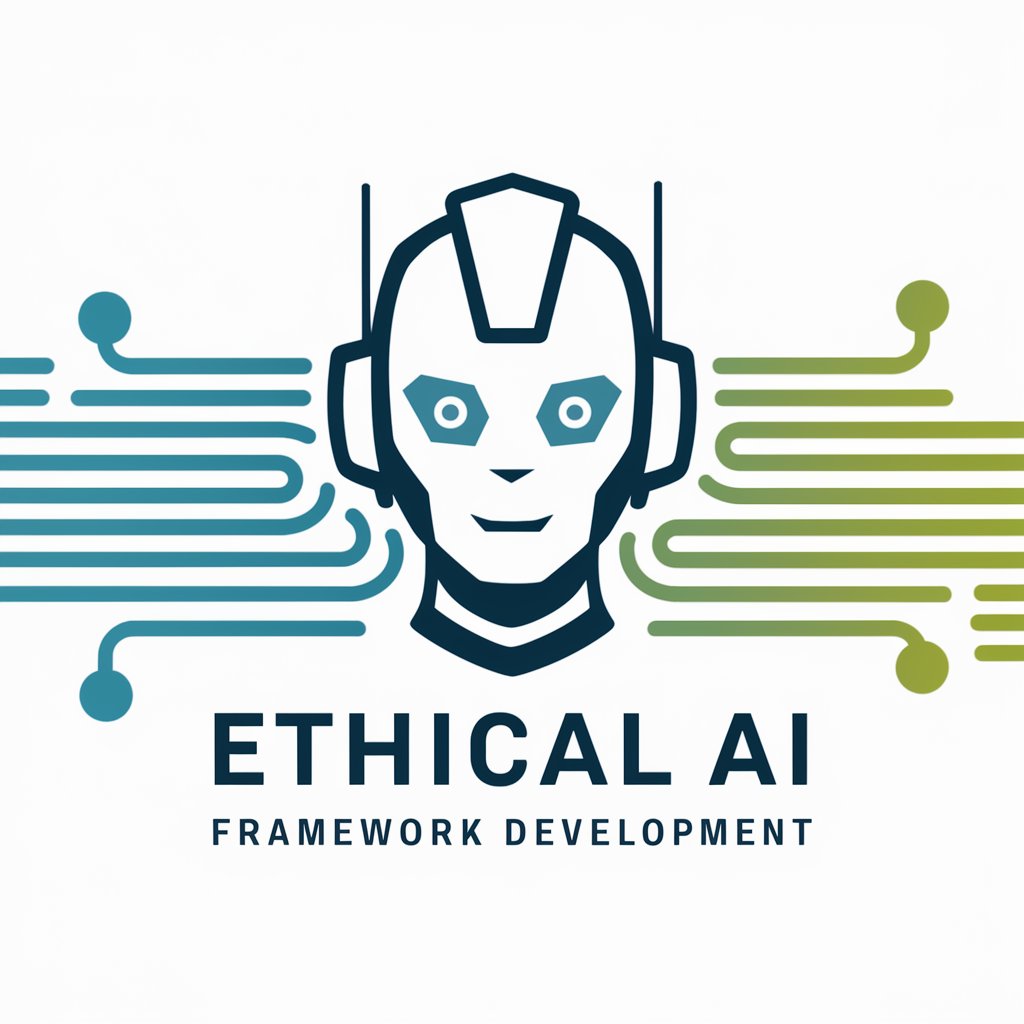
Welcome! Let's explore the best practices for ethical AI development together.
Empowering ethical AI development with guided frameworks.
Describe the unique ethical challenges faced by the healthcare industry in AI applications.
What are the best practices for ensuring data privacy and user safety in online activities involving AI?
Explain the phases of an ethical AI framework and their importance in maintaining transparency and accountability.
How can AI developers minimize biases and engage stakeholders during the AI lifecycle?
Get Embed Code
Overview of Ethical AI Framework Development
Ethical AI Framework Development is designed to guide and support the development, deployment, and governance of artificial intelligence technologies in a manner that prioritizes ethical considerations, ensuring that AI systems are developed and used responsibly. The framework is structured around seven phases: Foundation and Leadership, Research and Impact Assessment, Design and Development, Testing and Validation, Deployment and Monitoring, Evaluation and Continuous Improvement, and Communication and Accountability. Each phase emphasizes the importance of ethical standards, including fairness, accountability, transparency, and privacy. For example, in the Design and Development phase, the framework might guide developers in implementing algorithmic fairness techniques to mitigate bias in AI systems. In the Deployment and Monitoring phase, it would provide strategies for continuous monitoring of AI systems to detect and address any ethical or operational issues that arise post-deployment. Powered by ChatGPT-4o。

Key Functions and Real-World Applications
Guidance on Ethical Standards
Example
Providing industry-specific ethical guidelines for AI in healthcare, such as ensuring patient data privacy and implementing AI diagnostics with transparency.
Scenario
In a hospital implementing AI for patient diagnostics, the framework would offer specific guidelines on how to handle patient data, ensuring confidentiality and informed consent, and how to transparently communicate the role of AI in diagnostics to patients.
Stakeholder Engagement Strategies
Example
Facilitating inclusive dialogue sessions with stakeholders in the development of educational AI tools to identify potential ethical risks and benefits.
Scenario
In an educational tech company, the framework might guide the inclusion of teachers, students, and parents in the development process of an AI tutoring system, ensuring that the system supports diverse learning needs and does not inadvertently disadvantage any student.
Continuous Learning and Improvement
Example
Implementing mechanisms for feedback and adaptation in government AI systems to ensure they remain fair and effective over time.
Scenario
For a government agency using AI in public service allocation, the framework would advise on setting up regular review and feedback mechanisms to assess the impact of the AI system on different segments of the population and adjust algorithms to address any disparities identified.
Target User Groups
AI Developers and Engineers
Professionals involved in the design, development, and deployment of AI systems who need to integrate ethical considerations into their work processes. These users benefit from the framework by receiving concrete guidelines and best practices for developing ethically aligned AI solutions.
Policy Makers and Regulators
Individuals and bodies responsible for creating the regulatory environment for AI use in various industries. They benefit from the framework by understanding the ethical challenges and considerations necessary to formulate effective and balanced AI governance policies.
Industry Leaders and Executives
Senior management and decision-makers across industries looking to responsibly integrate AI into their operations. The framework helps them understand the ethical implications of AI technologies and guides the implementation of AI in a way that aligns with their organizational values and societal norms.

Guidelines for Using Ethical AI Framework Development
1
Start with a complimentary trial at yeschat.ai, accessible immediately without signing up or subscribing to premium services.
2
Familiarize yourself with the seven-phase framework, covering Foundation to Communication, to understand the ethical AI lifecycle and its application to your project.
3
Identify your industry-specific challenges and use cases, such as healthcare or finance, to leverage targeted guidance and best practices for ethical AI implementation.
4
Engage with the tool's resources on safeguarding online activities, including data privacy and user safety, to ensure your AI application aligns with legal requirements and ethical standards.
5
Utilize continuous learning and stakeholder engagement features to adapt and improve your AI applications, ensuring ongoing adherence to ethical practices.
Try other advanced and practical GPTs
How to Become a Humor Person
Elevate Your Humor with AI

Definitions Master
Simplifying Tech Terms with AI
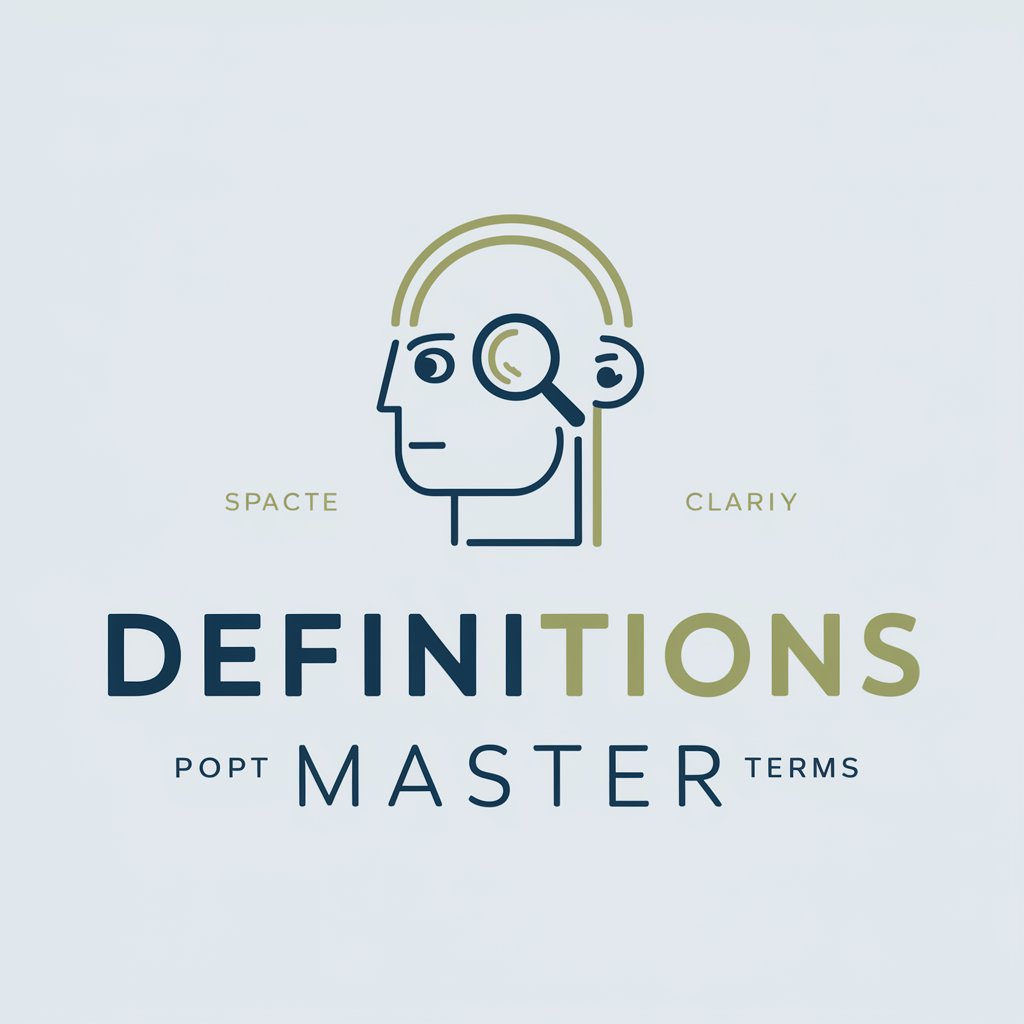
Public Speaking GPT
Elevate your speaking skills with AI assistance.

img2GPT
Revolutionizing Image Creation with AI

Warhol
Designing Icons with AI Creativity

Working Cafe Finder
Discover your next productivity hub with AI

Case Study Helper
Craft Engaging Case Studies with AI
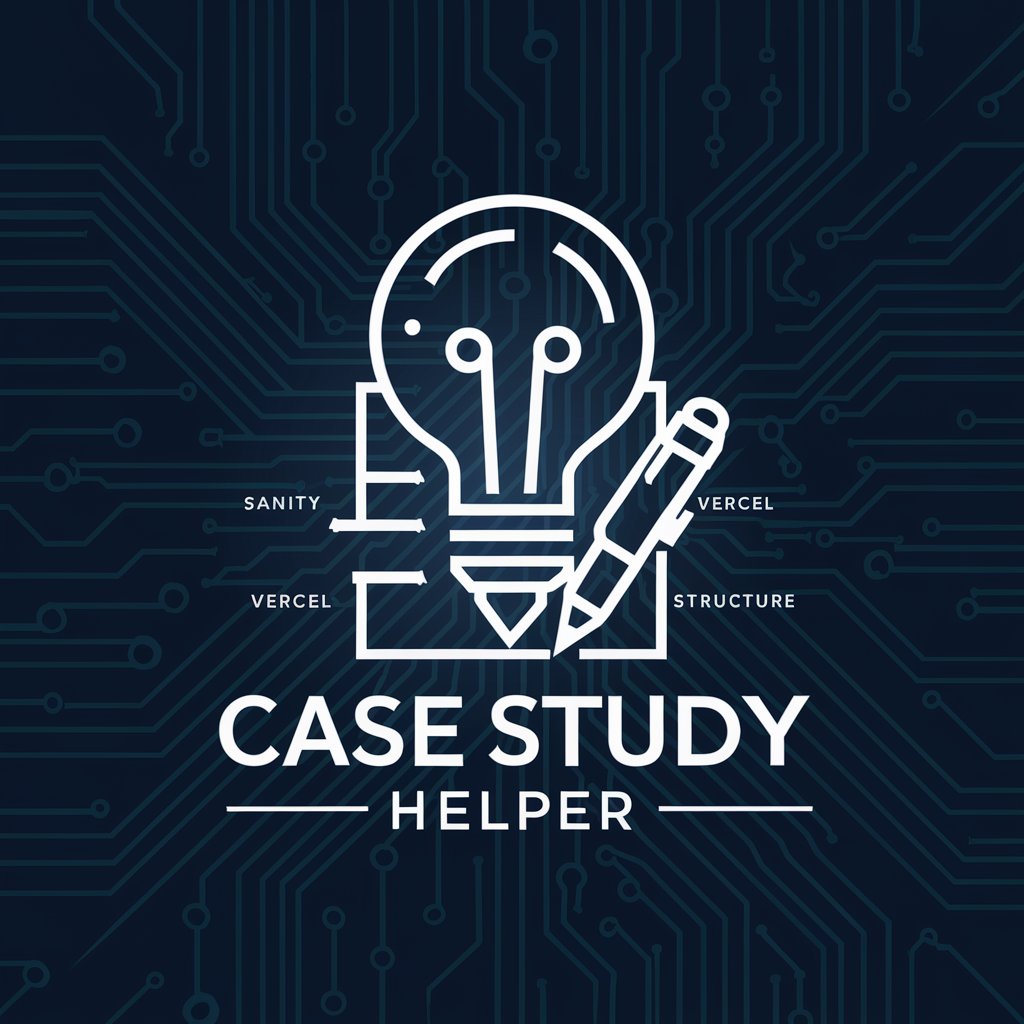
Language Tutor
Master Languages with AI
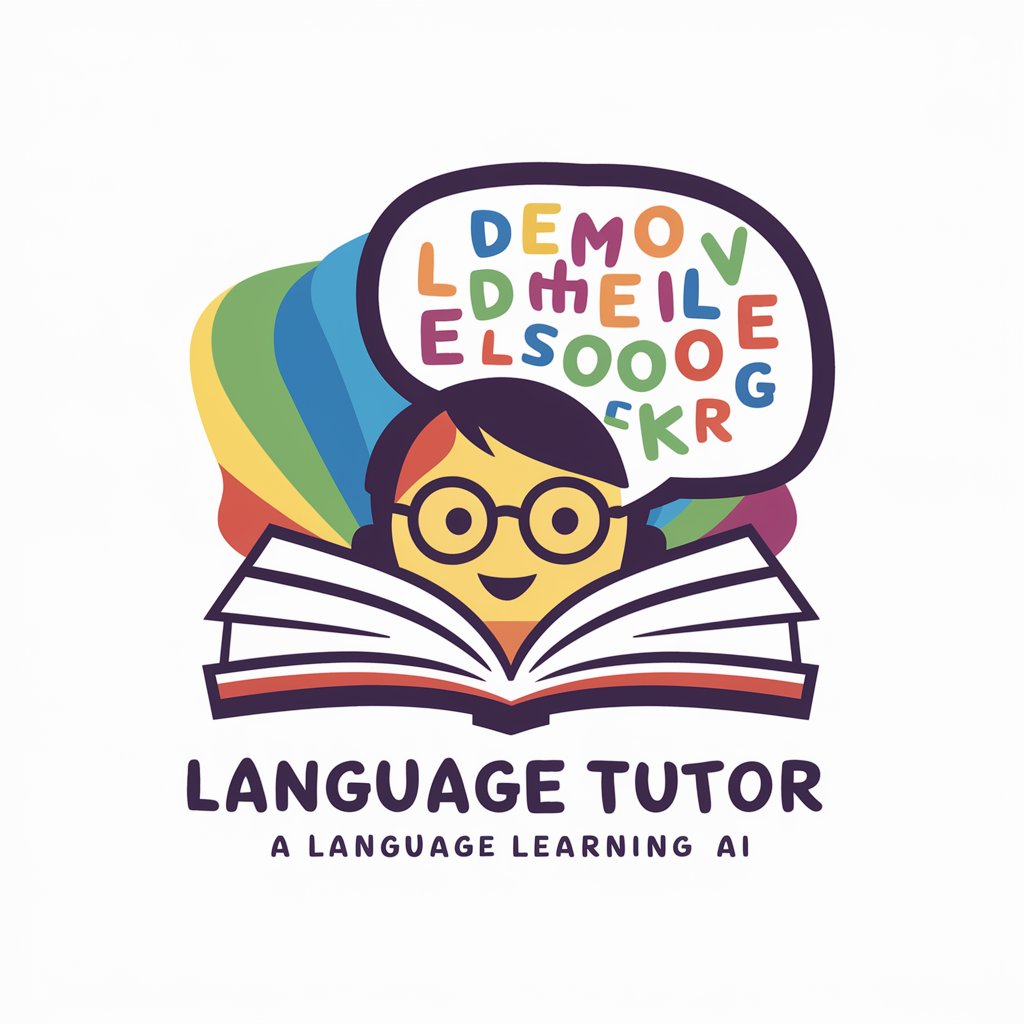
Linked In Post Writer GPT
Elevate your LinkedIn presence with AI-powered creativity.
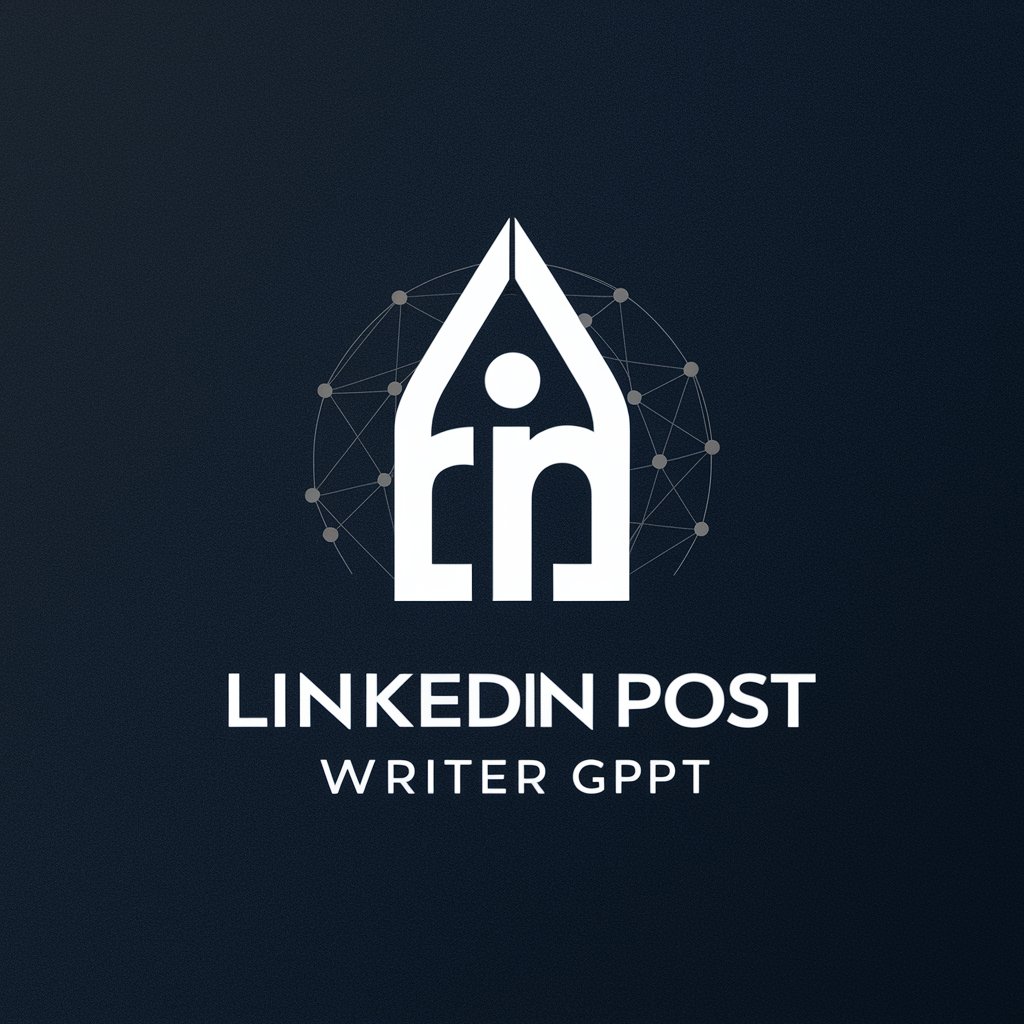
Shoppal
AI-powered tech shopping made easy
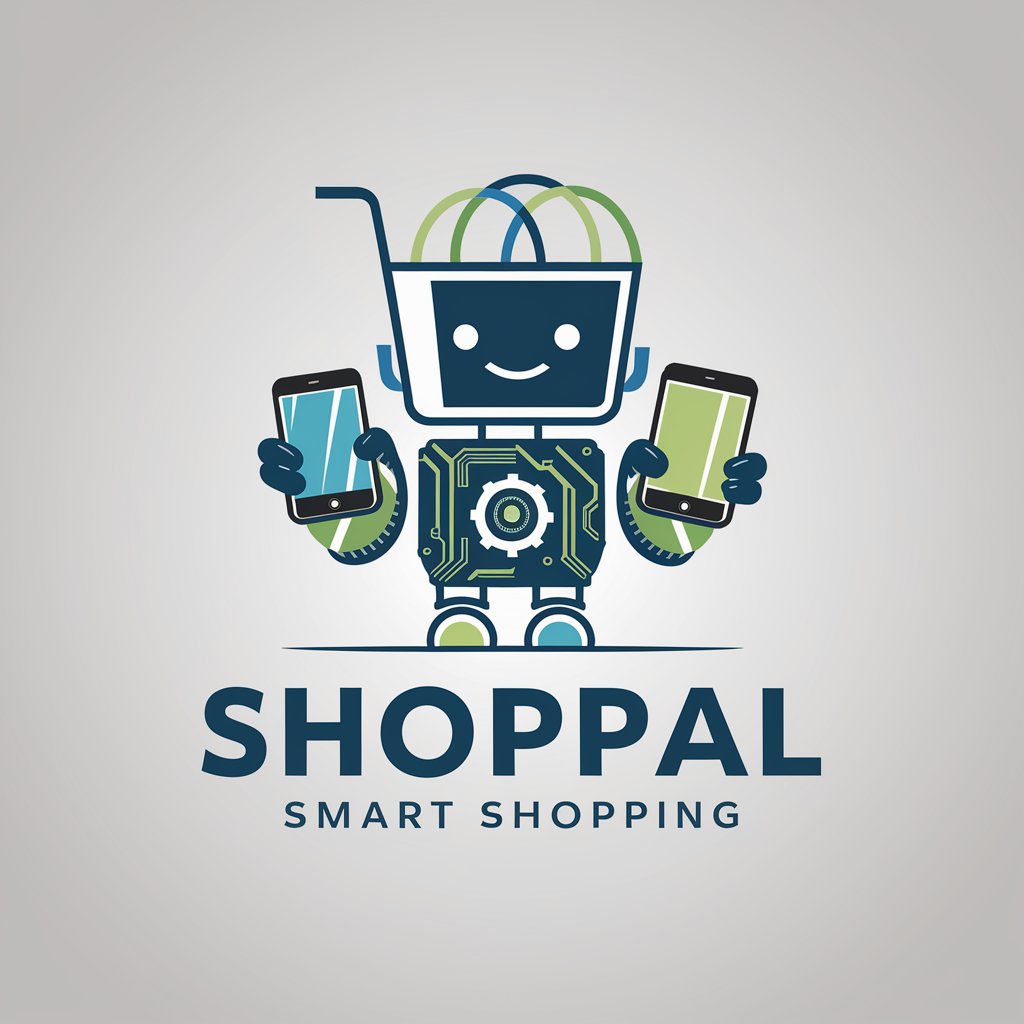
UooVo Guru
Deciphering Startup Dynamics with AI
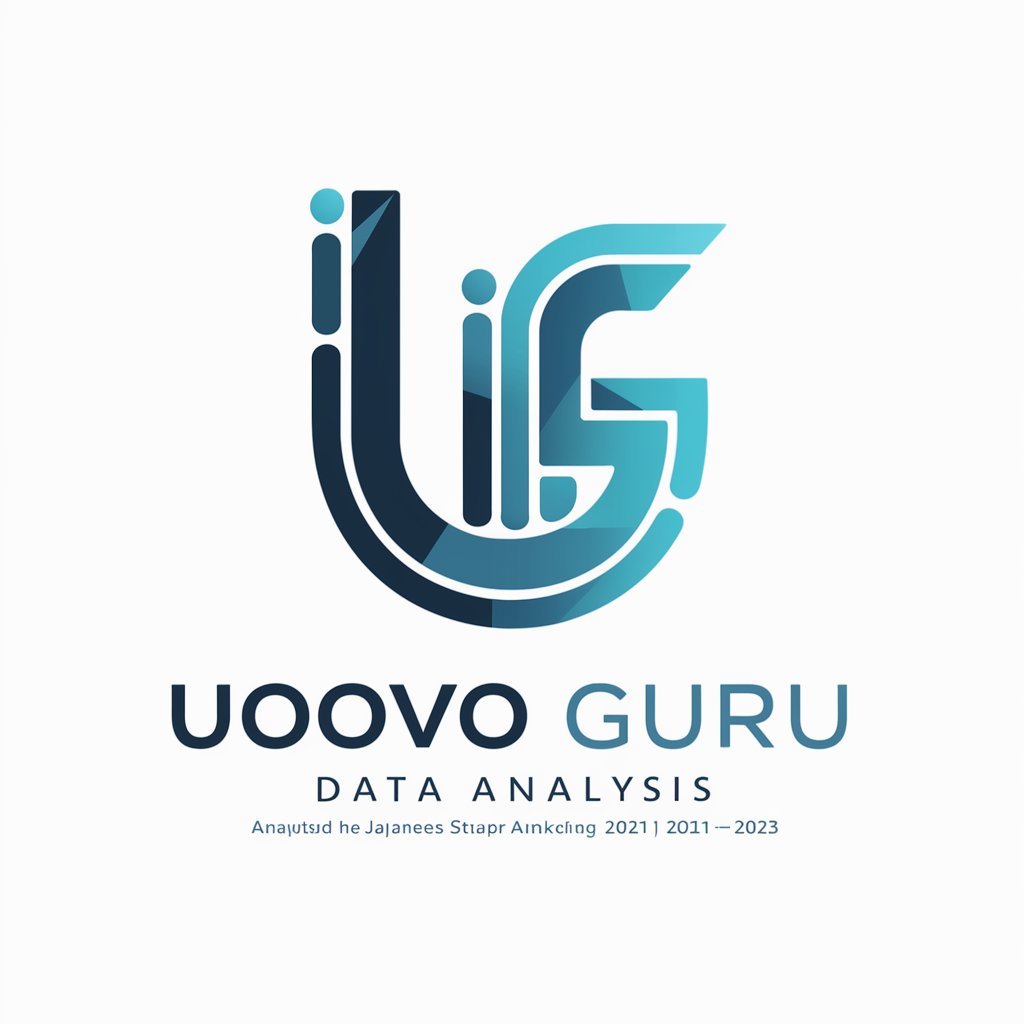
Promotion GPT
AI-driven Career Advancement Solutions
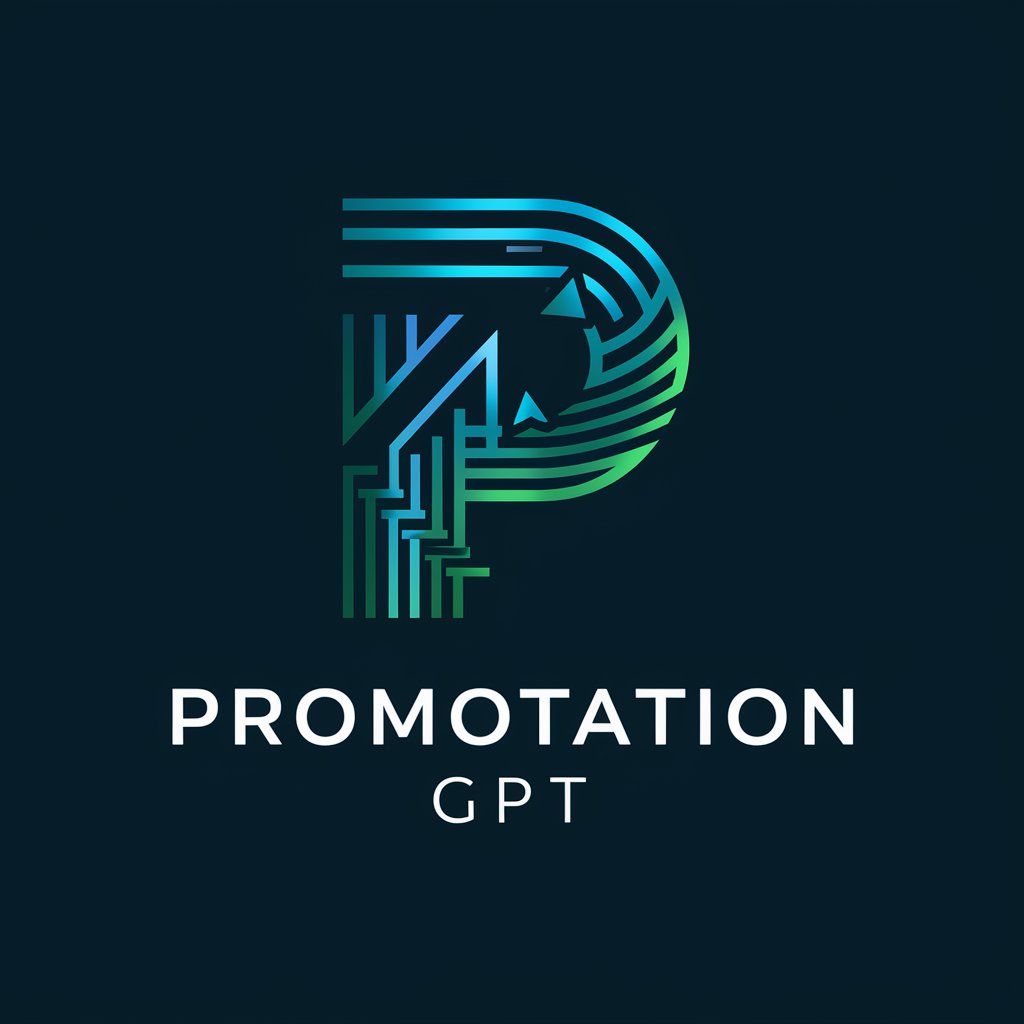
Frequently Asked Questions About Ethical AI Framework Development
What is the Ethical AI Framework Development?
It's an expert guide designed to support the development and implementation of AI technologies in an ethical manner, covering the entire lifecycle from foundation to communication, with industry-specific insights.
How does it apply to different industries?
The framework offers tailored guidance for industries like healthcare, finance, education, and government, addressing unique ethical challenges and promoting best practices in AI use.
What are the key phases of the framework?
The framework consists of seven phases: Foundation and Leadership, Research and Impact Assessment, Design and Development, Testing and Validation, Deployment and Monitoring, Evaluation and Continuous Improvement, and Communication and Accountability.
How can it help in safeguarding online activities?
It provides strategies for data privacy, user safety, and preventing AI misuse, aligning with legal requirements and ethical standards to protect stakeholders online.
Can it assist in minimizing biases in AI?
Yes, by emphasizing stakeholder engagement, continuous learning, and transparent practices throughout the AI lifecycle, it aids in recognizing and minimizing biases, ensuring fair and unbiased AI applications.
